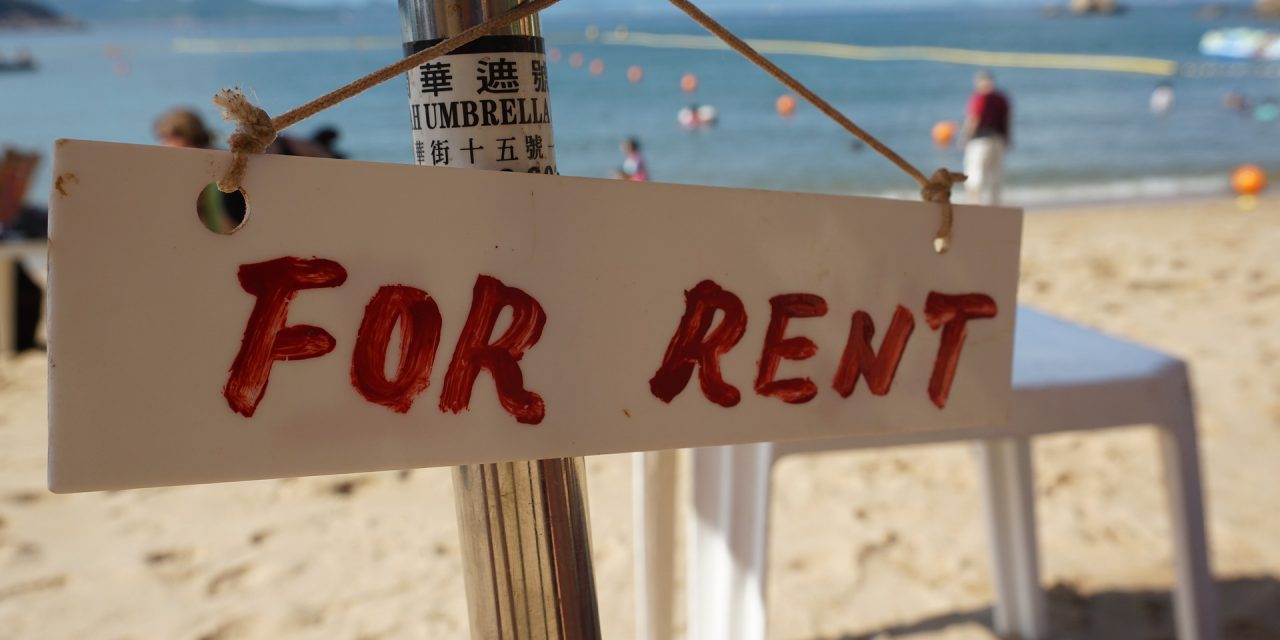Southern Californians recognize the Santa Ana winds for their strength and stubbornness. But for renters in the City of Santa Ana itself, the winds of change are stirring.
Proponents of rent control have long championed the practice as a solution to California’s quickly expanding gentrification problem. Gentrification is an unpopular side-effect of increased development and rising property values that pushes long-term residents out of the neighborhoods they have long enjoyed and grown.
While most housing experts agree rent control does more harm than good — including to tenants, the group who stands to benefit the most from the policies on its face — rent control remains a contentious proposal whenever it resurfaces across the state.
Despite California’s pre-existing rent control measures which cap rent increases statewide at 5% annually, some metro areas enact more restrictive local ordinances and additional protections than the state.
Recently, Santa Ana became the newest metro in California to adopt its own rent control policies and the first in Orange County to do so.
Santa Ana rent control approved
The Santa Ana City Council held a vote among its seven board members on whether to establish rent control and eviction protections within the city on September 22, 2021. The decision came after the board heard hours of testimony from over 100 residents.
The council voted 4-to-3 to approve measures intended to benefit the majority-renter community of Santa Ana, including:
- capping rents at 3% annually or 80% of inflation, whichever is less, for buildings built before 1995 and for mobile home parks established before 1990;
- enacting just cause evictions which limit the circumstances in which a landlord may evict a tenant who has lived in the property for at least 30 days;
- allocating pandemic relief money towards creating an “eviction defense fund” and hiring a consultant until the city creates a new rent control board and a rent registry for apartments; and
- directing city staff to study how the intended measures will be implemented, according to the Orange County Register.
The changes took effect November 19, 2021, according to the City of Santa Ana.
The four council members to approve the rent control ordinance and additional tenant protections acknowledge it is not a cure-all solution to gentrification. Nevertheless, they aim to ease the majority-renter community’s struggles and help families with the proposed changes.
The three dissenting voices from the Santa Ana City Council stressed the fiscal impact of the changes, as more staff time and taxpayer dollars will be needed to enforce the law. Despite California’s storied history of underbuilding, some board members pointed to Santa Ana’s especially high sales tax rates as the reason for its housing crisis.
The case against Santa Ana rent control
Opponents of the rent control ordinance proposal found various reasons to block it, with many criticizing it as unnecessary thanks to existing laws.
In 2019, California’s governor signed into law Assembly Bill 1482, which caps annual rent increases at 5%, plus inflation for homes at least fifteen years old. It also requires landlords to have just cause to evict tenants. Because of this state law, opponents of Santa Ana’s rent control proposal cite it as redundant.
Landlords, property owners and landlord advocacy groups maintain that, under the proposed changes, property owners, the city’s economy and even tenants will be harmed.
Others bashed the proposal’s path to the voting stage. Opponents claim a lack of transparency helped rush the proposal to a vote. Some also questioned the ordinance’s legitimacy, since it was created by a council ad hoc committee in closed meetings without staff analysis, according to the Orange County Register.
The case for Santa Ana rent control
Santa Ana’s new rent control ordinance has its champions as well. Tenant advocates have jumped into the fray to emphasize the plight of the California renter, particularly as the state’s eviction moratorium has lapsed as of September 30, 2021.
Proponents claim the absence of an eviction moratorium leaves tenants, who proved more financially vulnerable than homeowners during the COVID-19 pandemic, on even shakier ground.
At the September 22 meeting where the city council cast their deciding votes, dozens of tenants spoke of their hardships, particularly during the pandemic. They highlighted the emotional toll that evictions placed on their families and the lack of low-income housing available to them.
But how does rent control affect renters in practical terms? Read on to explore the greater implications of establishing rent control policies.
The rent control question
Does rent control provide more housing for low-income households?
In June 2021, firsttuesday asked its readers to vote on this question in a weekly poll. An overwhelming 70% of respondents answered no, rent control does not provide more housing for low-income households.
Related article:
The Votes Are In: Rent control doesn’t provide low-income housing
Despite this, rent control is well established in many California cities, including:
- Berkeley;
- Beverly Hills;
- Campbell;
- East Palo Alto;
- Fremont;
- Hayward;
- Los Angeles;
- Los Gatos;
- Oakland;
- Palm Springs;
- San Francisco;
- San Jose;
- Santa Monica;
- Thousand Oaks; and
- West Hollywood.
This long (and growing, thanks to Santa Ana) list illustrates how prevalent rent control is at the local level across California’s bustling metros.
But this approach is only a band-aid solution and kicks grave consequences down the road.
Related article:
The drawbacks of enacting rent control
Like most quick fixes, rent control does not support communities for the long haul.
First, rent control distorts the landlord/tenant relationship. Unlike the typical arrangement, landlords of rent-controlled units eagerly anticipate losing the tenant’s occupancy. This is because turnover allows the rent to reset to a higher amount. In some cases, an unscrupulous landlord might even facilitate turnover by exploiting legal loopholes enabling them to take possession of the tenant’s unit or bribe the tenant directly.
Also, rent control provides landlords with little incentive to maintain and improve their rental properties. At a time when landlords already report deferring maintenance needs on their rental properties — especially when the landlord has lost rental income — rent control adds another hurdle to keep rental units above the bare minimum required by law. Without natural incentives for the landlord to improve and maintain properties, necessary repairs are less likely to get done, harming landlords and tenants alike.
Aside from straining the landlord/tenant relationship, an even more disastrous consequence looms: rent controls further deplete an already restricted supply of rental units.
Rent control limits a unit’s immediate profitability, hampering developers’ motivation to build more rental units in the area. This lack of incentive for builders to construct more housing options in turn strangles the supply of rental housing. The result is all-too familiar for California’s renters: skyrocketing market-rate rents.
Related article:
Alternative solutions to combat rising rents
Cities will need to address the larger issue of a lack of low-income housing to address their residents’ most pressing concerns, such as rents rising above incomes. Rent control laws alone do not provide more low-income housing options.
The most effective way to provide more low-income housing is to build, build, build.
But building more rental units has been a slow process. From 2019 to 2020, multi-family construction experienced a 9% decline, with only 47,000 new units started. For perspective, 61,500 new multi-family starts were completed in 2004, representing a peak in California residential construction. In 2009, the lowest year, 11,000 multi-family starts were built.
However, after nearly two years of consistent decline, residential construction starts turned positive in the second half of 2021, now up 21% from a year earlier as of September 2021.
Despite the recent uptick in construction, new multi-family construction continues to stumble over legal hurdles. Most often, these appear in the form of overly restrictive zoning and vocal not-in-my-backyard (NIMBY) advocates.
To combat obstacles to construction, and in turn, increase the available stock of low-income housing options, California needs to focus on long-term problems with long-term solutions. This includes:
- loosening outdated zoning restrictions;
- amending local governments’ housing plans for new housing to include more low- and moderate-income units;
- encouraging construction of accessory dwelling units (ADUs); and
- incentivizing transit-oriented developments.
California’s legislature is already moving ahead with some of these strategies. Visit firsttuesday’s Legislative steps toward more affordable housing page to track lawmakers’ progress on these bills.
By focusing on growing California’s housing supply, real estate professionals achieve two goals: housing their communities and planting the seeds for future success.
Related article:














